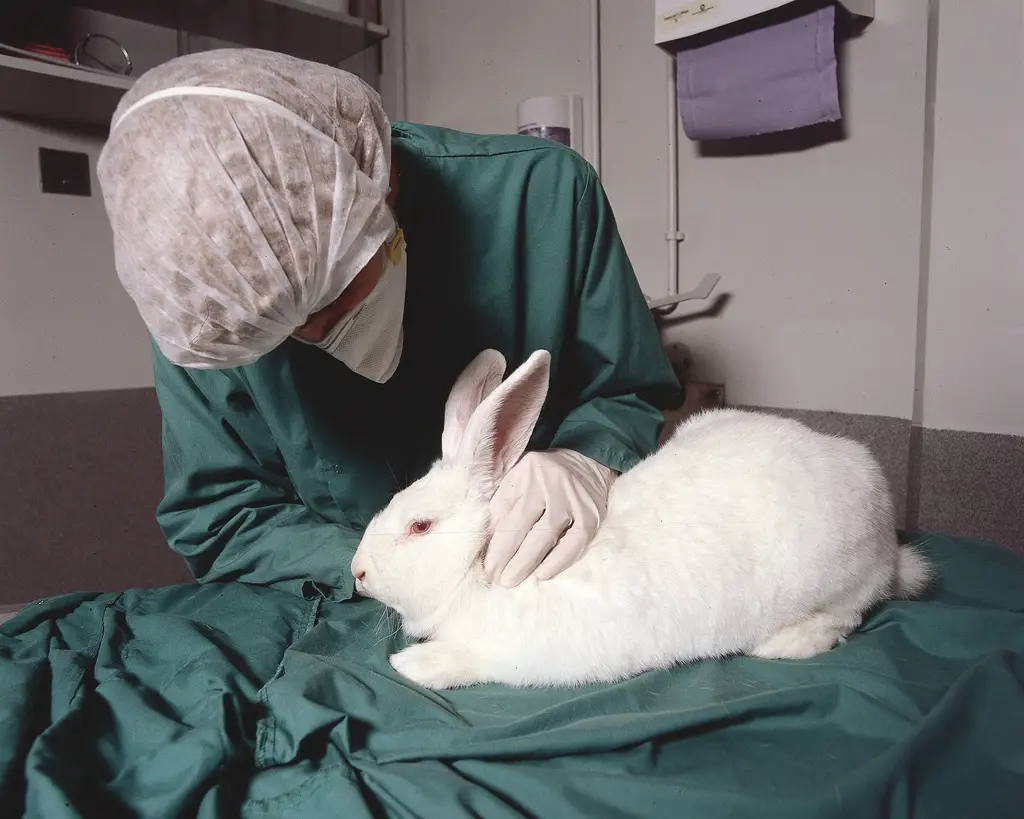Animal Testing is a general term in Bio-medical parlance which simply implies the use of animals, birds or other non-human members of the fauna, to conduct experiments and scientific research. These experiments can be of various scientific fields including genetics, biology, bio-medicine and pharmaceutics. Although the orthodox use was to vivisect the animals, the nature of experiments may range from benign behavioural observation to administration of drug. Since the late 19th century, it has been a norm in the world of scientific research to use certain animals for the purpose of understanding animal behaviour, anatomical studies as well as the effect of drugs and other toxics or viruses on living beings.
The kinds of animals that have been used and are being used globally are both vertebrate and invertebrate. Certain species of fish, rats, mice, rabbits, guinea pigs, frogs, pigs and even some non-human primates are also used in these experiments. The laboratories of universities, medical institutions, pharmaceutical companies and even defence establishments dedicated to the development of biological protections in warfare have cells for animal testing. Although some research institutes like the British Royal Society have argued in favour of animal testing, animal rights organizations and animal welfare societies all around the world have been demanding the prohibition of this practice because of the cruelty meted out to the animals.
Although any science undergraduate student is aware of animal testing in a large scale, there are lesser known facts about this practice. Some of these are:
-
Evidences of Animal Testing can be traced back to the antiquity. Aristotle and Erasistratus spoke of it and Galen actually used pigs for anatomical research in Rome during the 2nd century B.C.E.
-
Most of the experiments include intoxication by drugs, chemicals or other hazardous elements which cause extreme pain to the animals, often death. Most of the animals are also euthanized by the authorities after the experiment is over.
-
The recorded number of vertebrate animals that are used in all the laboratories around the world is more than 100 million annually. In USA, this list does not include vertebrates such as mice, rats or frogs.
-
The basic logic of animal testing, especially regarding effectiveness of drugs can be challenged on the ground that more than 90% of the drugs that work on animals, have no effect on human beings.
-
The first ever animal protection law was passed in the British Parliament in 1822 and it was promoted by Charles Darwin to control and regulate the use of animal testing.
-
The first organization to protest animal testing was the American Society for The Prevention of Cruelty to Animals. It was formed in the 1860s in the USA.
-
The Federal Food, Drug and Cosmetic Act of 1938 required safe testing of drugs on animals after a DEG poisoning killed more than 100 people.
-
The ethical guideline of using animals as instruments for research has been summed up as the ‘œ3Rs’. These are: Replacement, Reduction and Refinement.
-
Laboratories that use mice, rats and reptiles in USA are still exempted from the Animal Welfare Act.
-
There are alternative methods to animal testing, which include Positron Emission Tomography.
Although animal testing has helped mankind in finding some of the best medical cures, this is undoubtedly a cruel practice and should be re-considered.











Leave a Reply